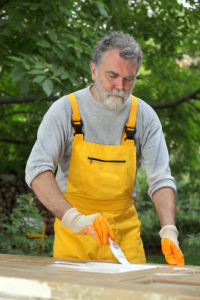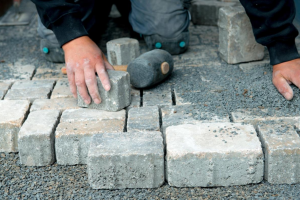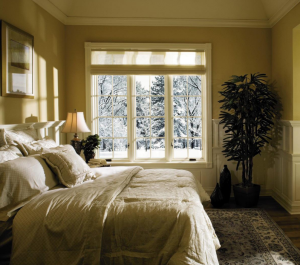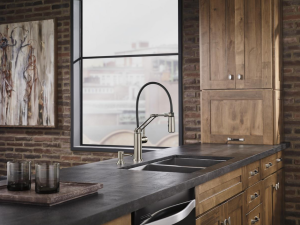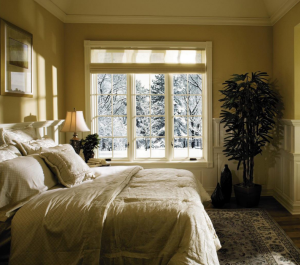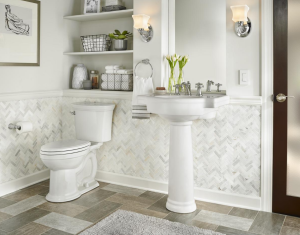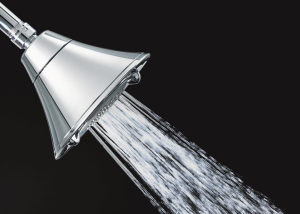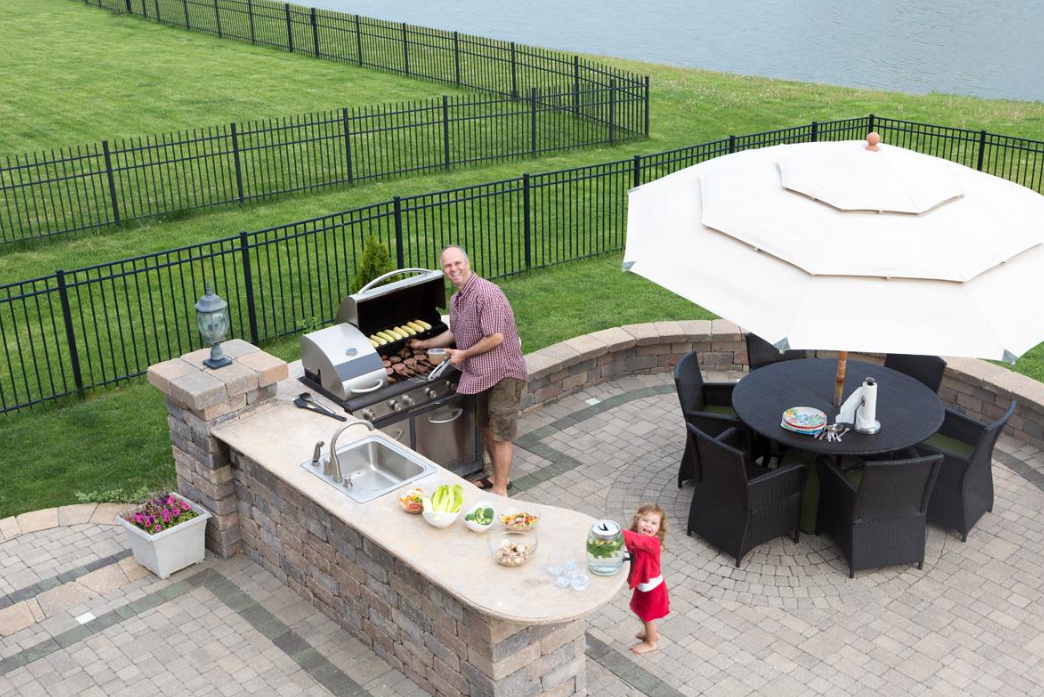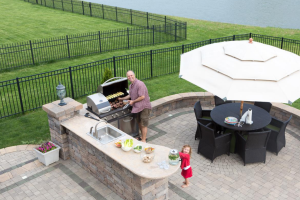 (BPT) – Is your heating system ready to brave the long, harsh winter? As cold temperatures take hold all over the country, it’s important for homeowners to safeguard their homes from heating system breakdowns.
(BPT) – Is your heating system ready to brave the long, harsh winter? As cold temperatures take hold all over the country, it’s important for homeowners to safeguard their homes from heating system breakdowns.
“It’s fairly simple to ensure your home is ready for the freezing months ahead,” says Mike Clear, vice president of operations for home warranty company American Home Shield, which has responded to more than two million service requests for heating system issues over the past five years.
“Paying attention to little things now can help you avoid problems down the road, like unexpected repair or replacement expenses or disruption to your family’s routine.”
Clear offers tips to help you maintain your heating system and keep your home warm this winter:
1. Schedule a maintenance check-up.
Each year, have your heating system serviced by a qualified professional. This will not only keep small issues from escalating into bigger, costlier problems, but it can also extend the life of your heating system. Once you begin using your heat regularly, check the system filter and inspect the exhaust vent for rust and wear at least once per month.
2. Replace your filters.
Be sure to regularly check your heating system’s air filters and replace them as necessary, or at the manufacturer’s suggested intervals. Clean filters can help cut energy usage, extend the life of your unit and improve your home’s overall indoor air quality.
can help cut energy usage, extend the life of your unit and improve your home’s overall indoor air quality.
3. Routinely clean heating components.
Easy-to-reach heating system components, like air registers and radiators, should be kept clean and unobstructed. Put this on your weekly cleaning checklist to keep your unit from working harder than necessary.
4. Seal the leaks.
Keep warm air in and cold air out by making sure your doors and windows are properly caulked or have necessary weather stripping. Not only will this help you stay warm and comfortable, but it will reduce the stress on your heating system.
5. Consider a home warranty.
A home warranty, like those offered by American Home Shield, can help you control costs when covered components of your heating system or other covered items break down. Plus, with their network of professional contractors, you avoid the hassle of having to search yourself for a qualified technician to make repairs.
6. Check your hot water heater.
Inspect your hot water heater tank for leaks or corrosion, and flush it per the manufacturer’s instructions to eliminate sediment buildup. Test the pressure relief valve once a year to make sure it is working properly.
Follow these tips and you’ll stay warm and cozy this winter instead of getting stuck in a heating system rut. For more information and helpful homeowner advice, visit ahs.com/home-matters or learn how to protect your home with #AHSWinterMaintenance tips through the American Home Shield Facebook, Pinterest and YouTube channels.



